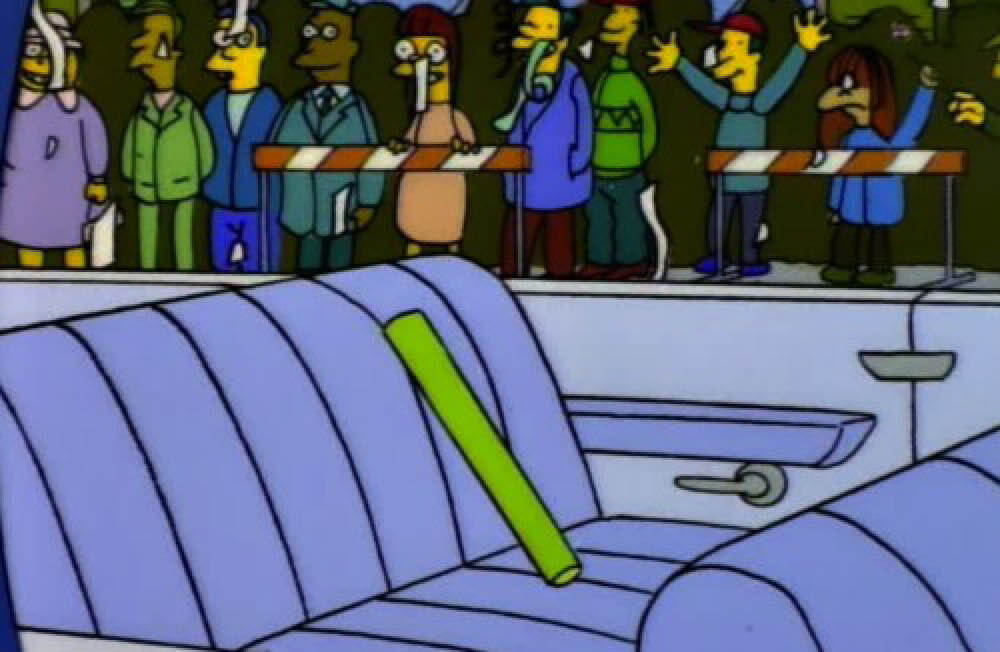Predictions: The Death Of Carbon Fibre Surfboards
Share
I reckon this is the year when the carbon-EPS-epoxy thing will magically vanish from sight.
OK, I’ll moderate that a bit. Only a few boardmakers, the super committed ones who’ve really got it dialled, like Haydenshapes and JR for instance, will persist with this method of production. Everyone else will be over it.
The reasons are numerous. On a ground level, carbon is not easy to work with. Neither is EPS foam. Epoxy resins are not overwhelmingly tricky, but do require some different techniques and in some cases can result in worker sensitising, which means you can’t bloody use it any more.
All in all this makes a cocktail of construction difficulties that very few boardmakers have managed to conquer in-factory.
But the massive success of HS and the Hypto Krypto in recent times made carbon-epoxy unavoidable for a number of other big name manufacturers. Thus a coupla years ago you saw a rash of such models appearing in surf shops and on online showrooms.
Now in order to produce a version of carbon-epoxy without driving their home factories mad, manufacturers have recently “offshored” much of its production — which is great and all. Except now, the market is flooded. And this flood has coincided with a lot of the market kinda turning off.
Basically, everyone who was interested in the tech has been through a coupla boards now, found their surfing didn’t change all that much as a result, and drifted back toward classic PU/PE — either that or headed over to Firewire, where carbon has taken somewhat of a back seat to those dense foam stringers we’re now seeing airbrushed into place on so many boards nowadays.
So… 2018? Thick airbrushed stringers — tick! Offshore production — of course! Retro models, asymmetrics, sticky milkshake colours, wacky model names — you bet!
But carbon/EPS/epoxy, farewell. Until they make wave pools. Actual ones.*
*Don’t get me started.








